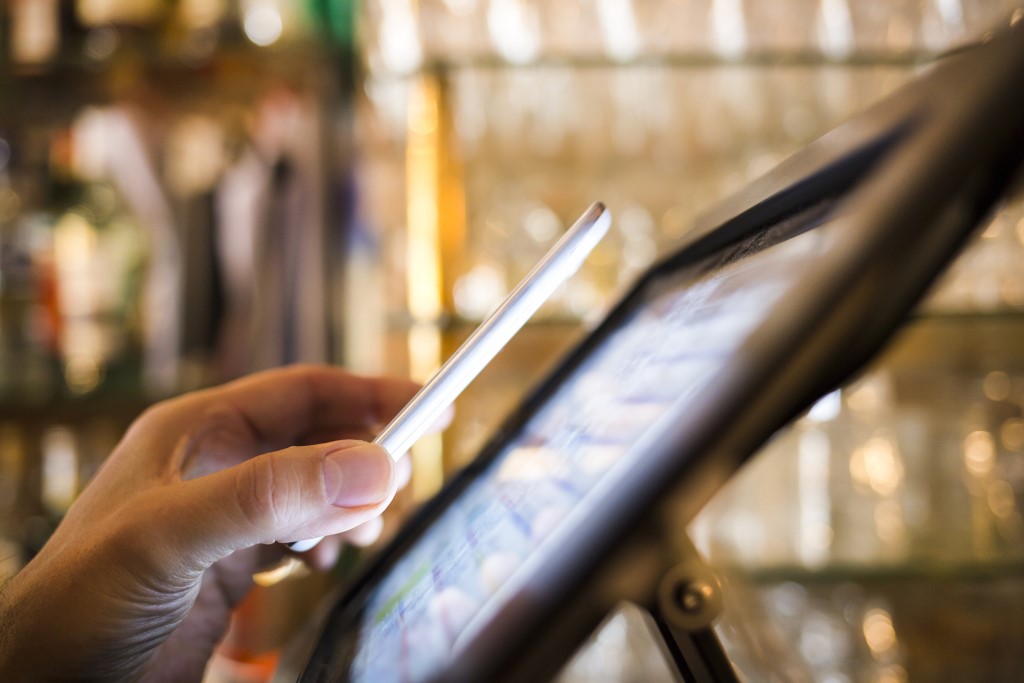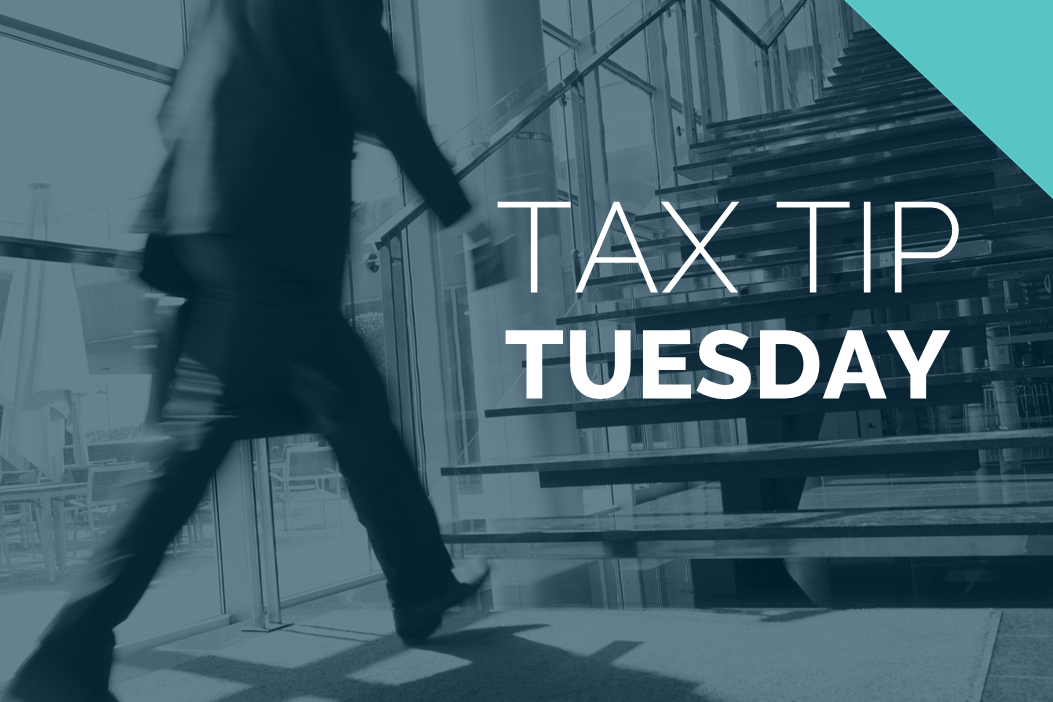Effective May 21, 2023, P&N has joined EisnerAmper. Read the full announcement here.

Last updated on 4/16/2020
On March 27, 2020, Congress passed, and President Trump enacted, the Coronavirus Aid, Relief, and Economic Security (CARES) Act to provide emergency health care and economic assistance during the COVID-19 global pandemic. One of the main provisions created by the CARES Act is an extension of lending by the Small Business Administration (SBA) known as the Paycheck Protection Program (PPP). On Friday, April 3, 2020, this application process opened for most small businesses, with the application opening for independent contractors and self-employed individuals on Friday, April 10th. On Tuesday, April 14th, the SBA issued an interim final rule concerning how to calculate PPP loan amounts for certain self-employed individuals. Those relevant clarifications, along with provisions related to debt relief, are summarized here:
Partners and Partnerships
While the interim final rule provides guidance on how self-employed individuals can apply for and receive PPP loans, the rule specifically excludes partners in partnerships from eligibility for loans separate from their partnership. Instead, the self-employment income of “general active partners” is to be reported as payroll costs, up to the $100,000 limit, on the PPP loan application filed by the partnership. There are still areas of uncertainty with respect to this guidance, such as the treatment of a partner’s health benefits and/or retirement plan contributions, along with the definition of “general active partner.”
Self-Employment Income Reported on Form 1040, Schedule C –Without Employees
Importantly, all self-employed individuals will need to have a completed a Schedule C for tax year 2019. This form will be used to determine both the amount of the individual’s PPP loan and the amount eligible for loan forgiveness. Thus, even if a self-employed individual’s 2019 return has not been completed or filed with the Internal Revenue Service, Schedule C will need to be completed in order to apply for a PPP loan. Once the 2019 Schedule C has been completed, calculate the PPP loan amount as follows:
- Identify the net profit amount reported on Line 31 of the individual’s 2019 Form 1040, Schedule C. If this amount is over $100,000, reduce it to $100,000. If this amount is zero or less than zero, then the individual is not eligible for a PPP loan.
- In order to calculate the average monthly net profit, divide the above amount by 12.
- Multiple this monthly average by 2.5 in order to calculate the base PPP loan amount.
- If there is any outstanding Economic Injury Disaster Loan (EIDL) made between January 31, 2020 and April 3, 2020 that is being refinanced, add this additional amount to reach the total loan amount, less any EIDL advance related to COVID-19.
In addition to a completed 2019 Schedule C, self-employed individuals must also provide a 2019 IRS Form 1099-MISC detailing nonemployee compensation received, or an invoice, bank statement, or other record establishing that the individual is self-employed. An individual must also provide an invoice, bank statement, or record to establish the existence of the self-employed business on or around February 15, 2020.
Self-Employment Income Reported on Form 1040, Schedule C – With Employees
While the PPP loan calculation for a self-employed individual who has employees generally follows the same methodology as above, there are a few differences. For self-employed individuals with employees, calculate the PPP loan amount as follows:
- Calculate payroll costs by adding the following:
- Identify the net profit amount reported on Line 31 of the individual’s 2019 Form 1040, Schedule C. If this amount is over $100,000, reduce it to $100,000.
- Identify 2019 gross wages and tips paid to employees as reported on the 2019 Form 941 Taxable Medicare Wages and Tips from each quarter. This amount is reported on line 5c-column 1. Add any additional pre-tax employee contributions for health insurance or other fringe benefits excluded from Taxable Medicare Wages and Tips. Subtract any amounts paid to any employee in excess of $100,000.
- Identify employer health insurance contributions (Schedule C, Line 14) retirement contributions (Schedule C, Line 19), and state local taxes assessed on employee compensation (such as state unemployment taxes).
- Complete Steps 2-4, above.
In this situation, borrowers will need to supply their 2019 Schedule C, 2019 Form 941s, quarterly wages reports for state unemployment insurance tax purposes, as well as documentation of any health and retirement costs, as necessary. In addition, payroll documentation showing the existence of the business at or around February 15, 2020 is also required.
Use of Loan Proceeds
Once disbursed, the PPP loan proceeds for self-employed individuals can be used for the following purposes:
- Owner compensation replacement (based on the average monthly net profit from 2019);
- Employee payroll costs, if applicable;
- Mortgage interest payments with respect to mortgages on business personal or real property;
- Business rental payments;
- Interest payments on other debt obligations that were incurred before February 15, 2020, though such amounts are not eligible for loan forgiveness; and,
- Refinancing appropriate EIDLs.
Importantly, the use of loan proceeds are limited to allowable uses for which the borrower made expenditures in 2019. Thus, any allowable costs are generally only allowed to the extent similar types of costs existed in 2019.
Amounts Eligible for Loan Forgiveness
The amount of loan forgiveness can be the entire amount of the loan plus any accrued interest. Forgivable costs during the eight-week forgiveness period include:
- Payroll costs up to $100,000 of annualized pay per employee including covered benefits for employees (but not owners);
- Owner compensation replacement limited to eight weeks’ worth of net profit reported on the 2019 Schedule C, up to specified limits;
- Payments of interest on mortgage obligations with respect to real or personal property incurred before February 15, 2020;
- Rental payments on lease agreements in force before February 15, 2020; and,
- Utility payments under service agreements dated before February 15, 2020.
In order to receive loan forgiveness, borrowers should submit quarterly 941s and state wage unemployment insurance tax reporting forms, along with evidence of retirement or health benefits, if they have employees. All borrowers, regardless of whether they have employees, will need to submit evidence of business rent, mortgage interest, or utility payments during the eight-week loan forgiveness period.
Help Is Available
The COVID-19 pandemic has created a constantly-changing situation for businesses of every size and industry. As future legislation is developed, deadlines are updated, and additional challenges and opportunities are uncovered, P&N’s dedicated professionals are committed to understanding and applying this information to help our clients.
Please keep in mind that due to the quickly-changing nature of the COVID-19 pandemic, you should always discuss changes with your P&N advisor or legal counsel. If you need assistance, please contact us.



